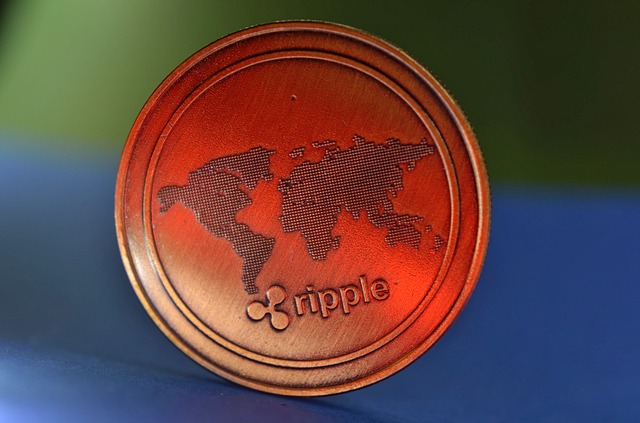During 2018, there have been many rumours around the Ripple vs SWIFT phenomenon.
There have been talks of a partnership between the two companies, but also of competition or even replacement.
Ripple vs SWIFT: the vocabulary
SWIFT, or Society for Worldwide Interbank Financial Telecommunication, is the company that established the current code for international bank transfers. It has existed since 1973 with its headquarters in Brussels, Belgium, and can be said to be ubiquitous: more than 11,000 financial institutions use SWIFT worldwide, in more than 200 countries, allowing to transfer money to and from virtually anywhere.
Ripple instead, is a privately held company based in San Francisco, founded in 2012, which offers payment services, particularly cross-border, using distributed ledger technology (DLT) and Blockchain, in order to make transactions faster, more transparent and safer. The Ripple network is called RippleNet.

XRP is the cryptocurrency or digital asset that powers part of the Ripple ecosystem, created for primarily entrepreneurial and financial use, and allows banks to quickly find the liquidity needed to make cross-border payments.
XRP can also be purchased by private individuals, but it is mainly used by banks as ready-made money through the xRapid solution, which provides low-cost liquidity for banks operating money transfers worldwide, in emerging markets as well.
The Ripple service that has taken off in 2018 is xCurrent, which works as a blockchain-based payment application but without using XRP, as opposed to xRapid.
Ripple currently has 100 financial institutions using xCurrent, i.e. real-time messaging allowing distributed model cross-border payments that they claim to settle within seconds within the network of financial institutions (4 seconds per transaction).
Ripple vs. SWIFT: differences and similarities1
After this general picture of the situation, let’s see where the comparison between SWIFT and Ripple comes from.
The giant SWIFT has certainly felt the pressure for the introduction of new technologies such as blockchain and DLT that have invaded the financial and payments sectors, affecting their dominance.
Not by chance, the SWIFT gpi service has been launched in 2017, with the aim of providing 24h cross-border payments, compared to the 3-day wait of the traditional system, and to offer the service of tracking the payment in the cloud, with greater transparency of costs, albeit using the same messaging network of SWIFT.
In 2018, the SWIFT gpi service recorded 10% use of the world’s largest international payment volume, which is around $100 billion a day.
On the other hand, Ripple, introducing blockchain innovation with xCurrent, has also been trusted by major institutions including Lloyds Bank, Santander, Royal Bank of Canada and PNC Bank. And even XRP, although out of service comparable to SWIFT, has seen growth this year, ranking second and outperforming Ethereum in terms of capitalisation
In essence, even though SWIFT denied the rumours about a possible partnership with Ripple last month, there would be no reason to fear it, despite the statements of Ripple CEO Brad Garlinghouse, who in an interview said:
“I think what we’re doing and executing on a day-by-day basis is, in fact, taking over SWIFT“.
Current numbers and experience speak for themselves, and there is still a long way to go before Ripple can replace SWIFT.
A change of direction by the global payments giant towards blockchain would be enough to alarm Ripple’s work.
At the beginning of 2018, SWIFT stated that they started testing blockchain solutions, but they didn’t see it as being used mainstream, not yet at least.




